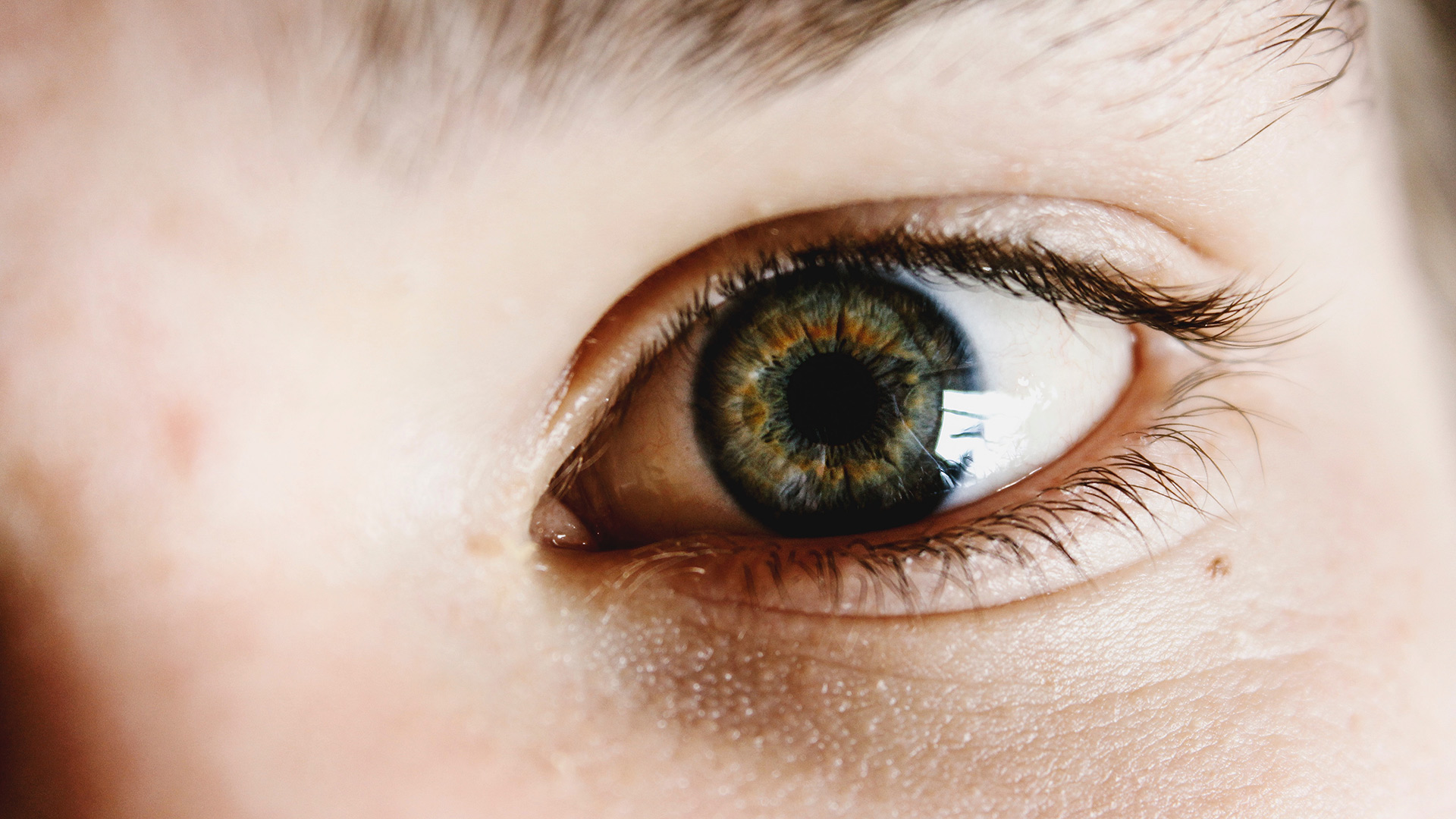Your perception of the world is unique. No-one quite sees the world the same way you do. We may be all looking at the same image, eyes wide open, yet our interpretation may be worlds apart, especially if we come from different cultural backgrounds.
With globalisation, it is becoming increasingly important to recognise and acknowledge how much our perception of reality may vary.
One study examining this, tracked the eye movements of a group of Americans and a group of Chinese when looking at a picture of a tiger in a forest. What they found was that the Americans predominantly looked at the image of the tiger, whereas the Chinese looked more at the background forest with the tiger an incidental part of the whole .
Other studies using neuroimaging have shown how different cultural groups use different parts of their brain when thinking about themselves or others. Chinese participants showed no difference on the scans of brain activity when thinking about themselves or others, whereas Westerners brains scans showed a significant difference. The Eastern way of thinking is to consider that self and others are one and the same.
 Credit: Neuroimage 34 2007
Credit: Neuroimage 34 2007
What does this mean?
It suggests that different cultural groups assess different situations, well…differently!
A Canadian group of researchers took this a step further asking people from different cultural backgrounds to determine the dominant emotion of a central figure in a group of people. The researchers could manipulate the image to change the facial expression (happy, angry, sad) of either the central or background models.
 Credit University of Alberta: Professor Takahiko Masuda
Credit University of Alberta: Professor Takahiko Masuda
The results?
72% of the Japanese participants were influenced by the emotions of those in the background, while 72% of American participants were not influenced by those in the background at all.
In other words Americans focus on the face of the person in front of them to figure out how that person is feeling, whereas a Japanese person will consider the emotion of the group as a whole – theirs is a more holistic view.
In the business world this suggests that local perception is not global reality and it also redefines what the word “team” might mean to different cultures.
Caucasian teams comprise individuals who see themselves as separate entities contributing to a common purpose of the group. Eastern teams see the group as the most important entity to be served with individual needs or goals of secondary importance.
In a world that recognises the importance of emotional, social and collective intelligence, integrating cultural intelligence appears to be the next vital step.
Is cultural intelligence relevant to your workplace?
How does your organisation deal with cultural differences of perception?
Ref:
Chua, Boland and Nisbett (2005) Cultural variation in eye movements during scene perception www.pnas.org cgi doi 10.1073 pnas.0506162102
Y. Zhu et al Neural basis of cultural influence on self-representation (2007) NeuroImage 34 (2007) 1310 1316
University of Alberta. (2008, March 7). When It Comes To Emotions, Eastern And Western Cultures See Things Very Differently. ScienceDaily. Retrieved May 31, 2014 from www.sciencedaily.com/releases/2008/03/080305120850.htm


